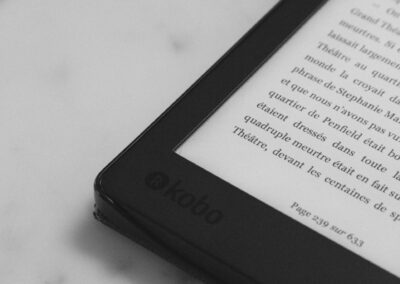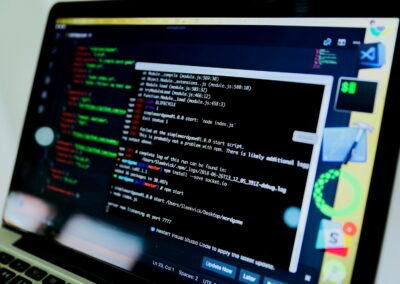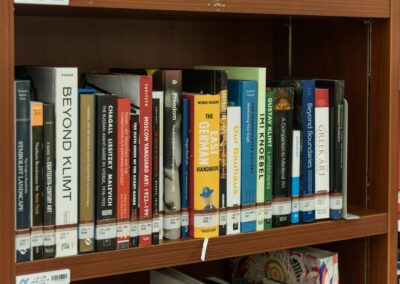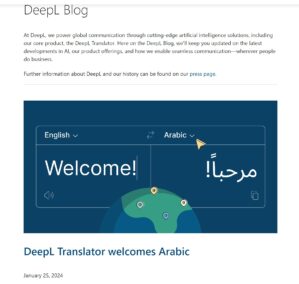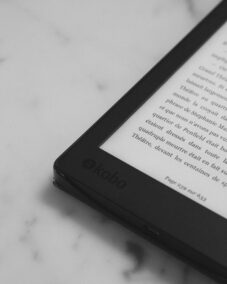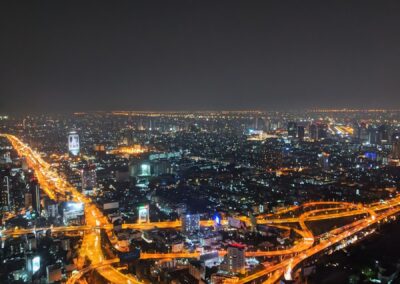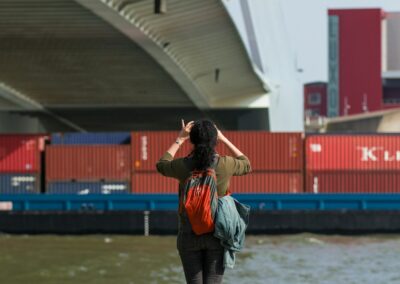Revolutionizing Travel with Augmented Reality Translation
Transforming Communication Barriers
One of the most promising applications of AR is real-time language translation, which has the potential to significantly enhance communication for international travelers. In bustling hubs like Riyadh and Dubai, where diverse cultures and languages intersect, AR real-time translation can be a game-changer for both tourists and businesses.
AR real-time language translation works by overlaying translated text or audio onto the real-world environment through a user’s device, such as a smartphone or AR glasses. This technology utilizes advanced algorithms and machine learning to process and translate spoken or written language instantaneously. By providing real-time translation, AR can break down language barriers, allowing travelers to navigate foreign environments with ease and confidence.
The implementation of AR real-time translation can enhance the overall travel experience by enabling tourists to engage more deeply with local cultures and communities. For instance, travelers in Saudi Arabia can use AR translation to read street signs, menus, and informational plaques in their native language, making it easier to explore historical sites and modern attractions. Similarly, in Dubai, AR translation can facilitate communication with locals, enhancing interactions and fostering a deeper understanding of the local culture.
Technical Challenges and Solutions
Developing AR real-time language translation systems involves addressing several technical challenges to ensure accuracy and reliability. One of the primary challenges is achieving high-quality translation in real-time. This requires sophisticated natural language processing (NLP) algorithms capable of understanding and translating various languages, dialects, and contextual nuances. Machine learning models must be trained on extensive datasets to improve their accuracy and responsiveness.
Another challenge is ensuring the seamless integration of AR translation with the physical environment. This involves accurately aligning translated text or audio with real-world objects, such as signs or conversation partners. Advanced computer vision and spatial mapping technologies are crucial for achieving precise alignment and ensuring that translations appear naturally within the user’s field of view.
To address these challenges, developers are leveraging cloud computing and edge computing technologies. Cloud computing provides the computational power needed to process complex language models and deliver real-time translations. Edge computing, on the other hand, enables faster processing by bringing data closer to the user, reducing latency and enhancing the responsiveness of AR applications.
Enhancing User Experience with AR Translation
User experience (UX) is a critical factor in the success of AR real-time language translation applications. The goal is to create an intuitive and seamless experience that allows travelers to access translations effortlessly. In cities like Riyadh and Dubai, where tourism is a major industry, providing a user-friendly AR translation solution can significantly enhance the attractiveness of these destinations.
Designing a user-friendly interface involves several key considerations. The interface should be intuitive, with easy-to-understand icons and instructions. Users should be able to quickly activate and deactivate translation features as needed, without navigating through complex menus. Visual cues and interactive elements can guide users through the process, making the application more engaging and accessible.
Additionally, the application should support multiple languages and dialects to cater to the diverse needs of international travelers. Providing customizable options, such as text size and display preferences, can further enhance the user experience. Gathering user feedback and conducting usability testing are essential steps in refining the application and ensuring it meets the needs and expectations of travelers.
Strategic Implementation of AR Translation in Travel
Integrating AR Translation in Tourism Infrastructure
To maximize the benefits of AR real-time language translation, it is crucial to integrate this technology into the broader tourism infrastructure. This involves collaboration between technology developers, tourism boards, and local businesses. In Saudi Arabia and the UAE, where tourism plays a vital role in the economy, strategic partnerships can drive the adoption and implementation of AR translation solutions.
Tourism boards can play a key role in promoting the use of AR translation by incorporating it into visitor information centers, museums, and cultural sites. Providing AR translation devices or encouraging the use of AR translation apps can enhance the visitor experience and make destinations more accessible to non-native speakers. Local businesses, such as hotels, restaurants, and tour operators, can also benefit from adopting AR translation technology to improve customer service and attract international clientele.
Training and Supporting Local Staff
Implementing AR real-time language translation requires training and support for local staff to ensure they can effectively utilize the technology and assist tourists. This involves providing training sessions and resources to familiarize staff with AR translation applications and their features. Staff should be able to guide tourists in using the technology and troubleshoot any issues that may arise.
In addition to training, providing ongoing support and updates is essential to maintain the effectiveness of AR translation systems. Regular updates to the application can improve translation accuracy and introduce new features. Establishing a support network for local businesses and tourism operators can ensure they have access to the latest information and resources to effectively utilize AR translation technology.
Conclusion: Embracing AR for a Global Travel Experience
The adoption of AR real-time language translation has the potential to revolutionize the travel and tourism industry by breaking down language barriers and enhancing communication. In regions like Saudi Arabia and the UAE, where cultural diversity is a hallmark, implementing AR translation can significantly enhance the travel experience and attract a broader range of international visitors.
By addressing technical challenges, focusing on user experience, and integrating AR translation into the tourism infrastructure, businesses and governments can create a more accessible and engaging environment for travelers. As technology continues to advance, AR real-time language translation will become an increasingly valuable tool for promoting cultural exchange and global connectivity.
—
#ARRealTimeLanguageTranslation #AugmentedRealityInTravel #ARTranslationTechnology #RealTimeCommunicationSupport #ARInSaudiArabia #UAETravelTech #RiyadhLanguageSolutions #DubaiARInnovation #ModernTechnology #BusinessSuccess #LeadershipInTravelTech #ProjectManagement


